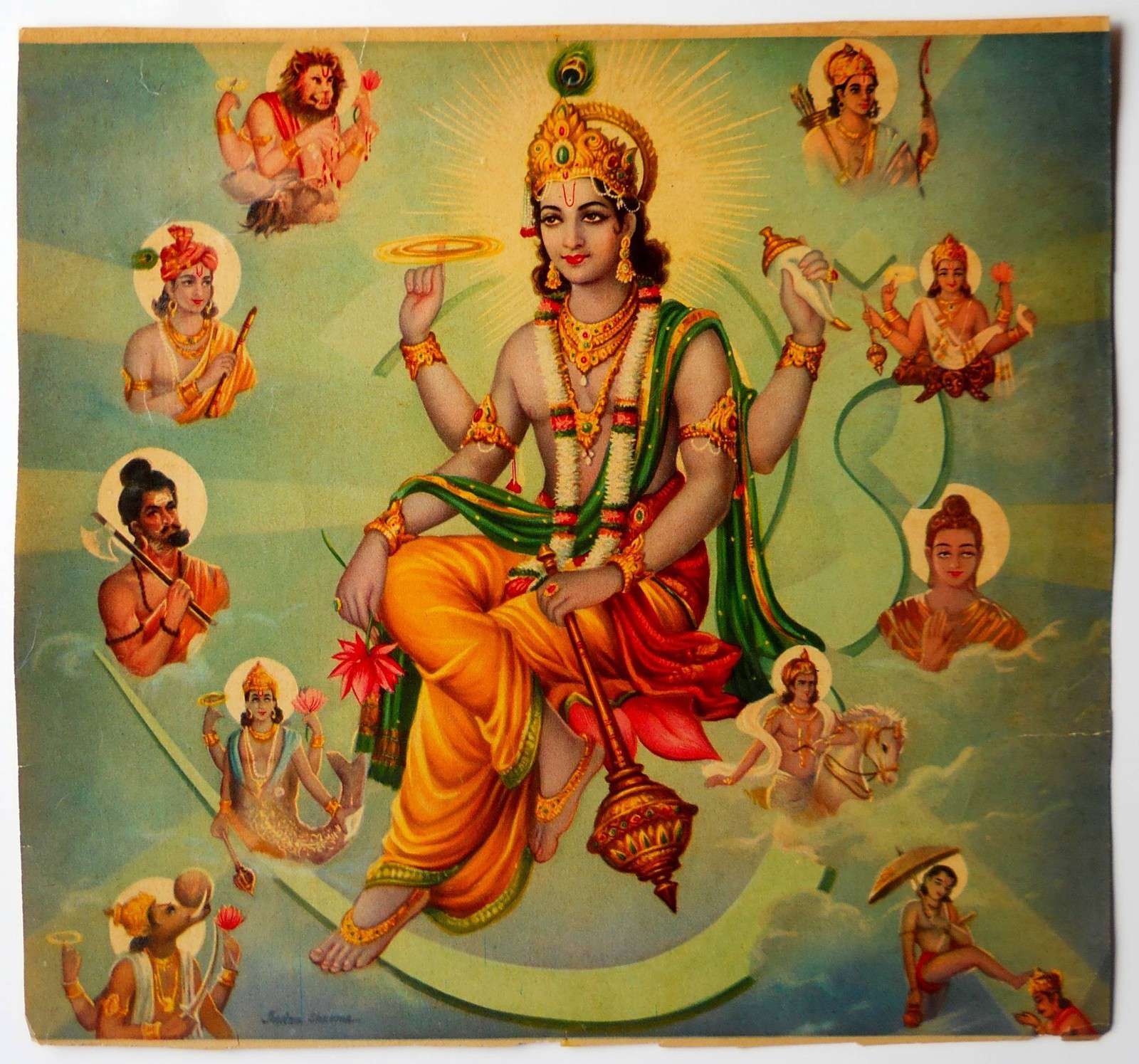

Vishnu is said to said to descend in form of an avatar to restore cosmic order.The list of Dashavatara varies across sects and regions The magnificent Dashavatara Statues has been carved with ultimate finesse to make it look lifelike.Īvatar (also known as Incarnation) in Sanskrit means – descent. His appearance will mark the end of Kali Yuga, after which the Krita Yuga will again begin where purity of mind will reigns over everything.Dashavatara refers to the ten avatars of Vishnu, the Hindu god of preservation. Kalki: The tenth and last incarnation of Vishnu is yet to appear. He then spread the message of an eightfold middle path to create peace in daily life. His penances under a Bodhi tree resulted in Enlightenment.

King Bali obliged by the presence of a Brahman, offered him whatsoever he demanded. Vamana avatar: Vishnu appeared as vamana, a dwarf brahman. He arrived at dusk, a time which is neither day nor night he appeared in the courtyard, thus it was neither indoors nor outdoors, and tore the asura apart with his bare nails. Vishnu appeared on earth as Narasimha, with the body of a man and the head and claws of a lion. His son, Prahalad was a devotee of Vishnu. Narasimha avatar: The invincibility turn the asura king Hiranyakashipu into a tyrant and he assumed he was the supreme power of the universe. He not only killed the demon, but also rescued the earth with one great dive into the ocean. When the all mighty king, Hiranyaksha captured the earth and drags the planet earth to the bottom of the ocean, Vishnu takes the form of boar.

Varaha avatar: After the asuraHiranyaksha managed to please Lord Brahma by a great penance, he received the boon of invincibility against all beings. Kurma avatar: In the satya Yuga, the devas and asuras churns the ocean in order to get the nectar of immortality, using Mandara mountain as the churning staff, the mountain starts sinking, at that point, Vishnu incarnates as tortoise to bear the weight of the mountain. When the world was at the brink of extinction, Vishnu takes the form of a fish to save Manu, from flood, after which he takes his ship to the new world along with one of every species of plant and animal, gathered in a massive cyclone. Matsya avatar: Matsya, the fish was the first avatar of lord Vishnu. The eighth and ninth forms in Dwapara Yuga and the tenth avatar are believed to appear in Kali Yuga.Ī Brief Introduction to Dashavatara of Lord Vishnu The next three Vishnu incarnations appeared in Treta Yuga. The Satya Yuga is also known as The Golden Age. The first four avatars of Vishnu appeared in Satya or Krita Yuga, the first of the four yugas. Dashavatara refers to the ten avatars of Lord Vishnu. The word Dashavatara derives from ‘dasa’, meaning ten and avatar meaning incarnation. All the incarnations have a common purpose protection of the good, destruction of evil and establishment of Dharma. Whenever the sacred, moral and ethical norms of Dharma are broken and chaos and evil threaten the universe, Lord Vishnu incarnates into the world and re-establishes harmony by fighting the forces of disorder. His four arms holds a conch, a mace, a chakra and lotus which are representative of the four directions of the cosmos, he protects. He has tranquillity in his countenance, lotus shaped eyes and skin, blue as the sky. He resides in the highest heaven described as Vaikuntha. He is considered the holiest of all the gods. As per Hindu Mythology, Lord Vishnu is the protector, preserver and patron of this life.


 0 kommentar(er)
0 kommentar(er)
